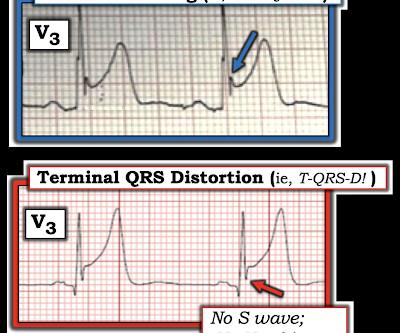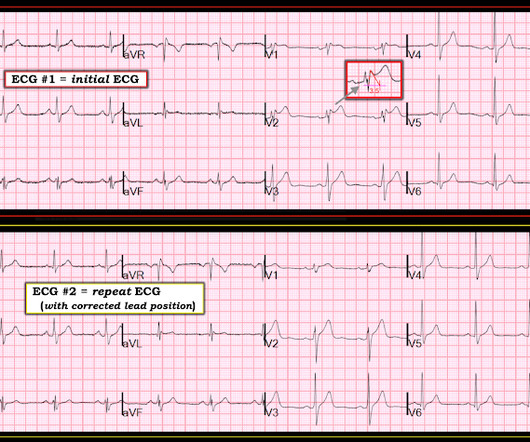ECG Blog #415 — The Cath showed NO Occlusion!
Ken Grauer, MD
FEBRUARY 3, 2024
Shortly after arrival in the ED ( E mergency D epartment ) — she suffered a cardiac arrest. BUT — Cardiac catheterization done a little later did not reveal any significant stenosis. Figure-1: The initial ECG in today's case — obtained after successful resuscitation from cardiac arrest. ( No CP ( C hest P ain ).










Let's personalize your content